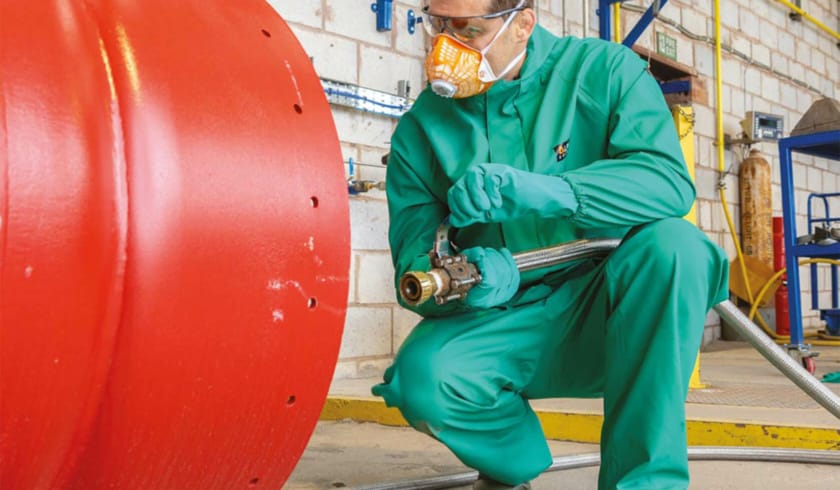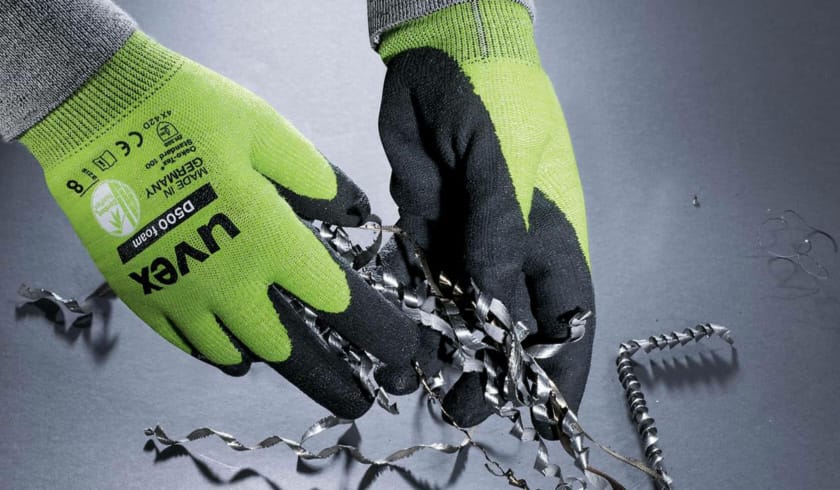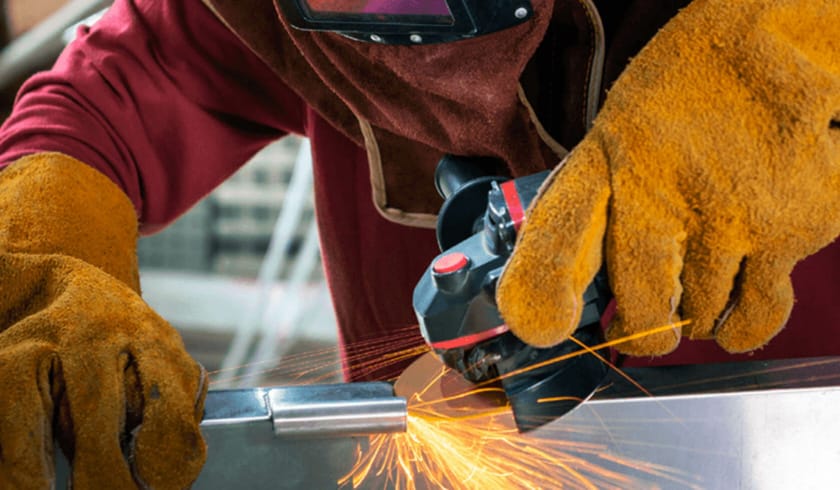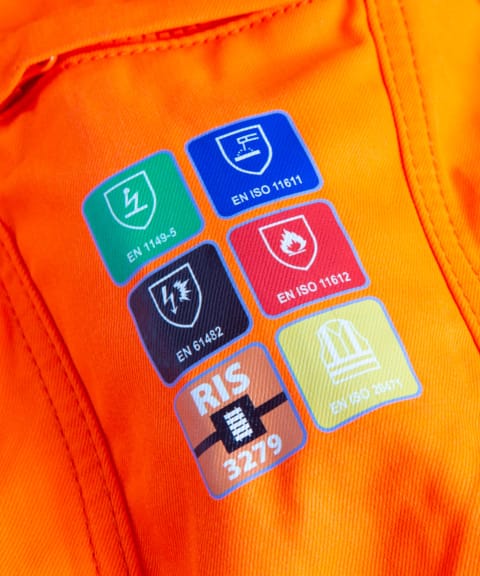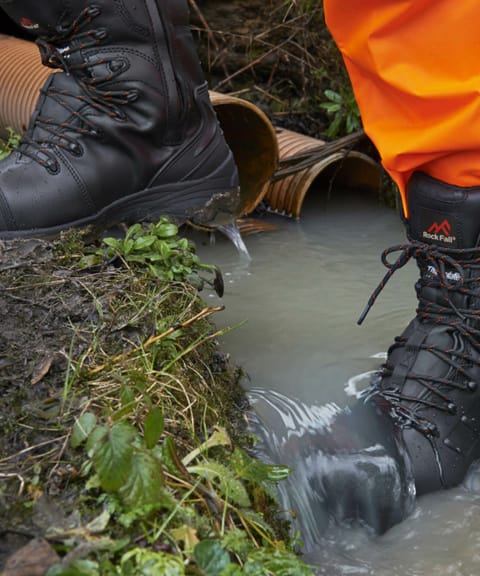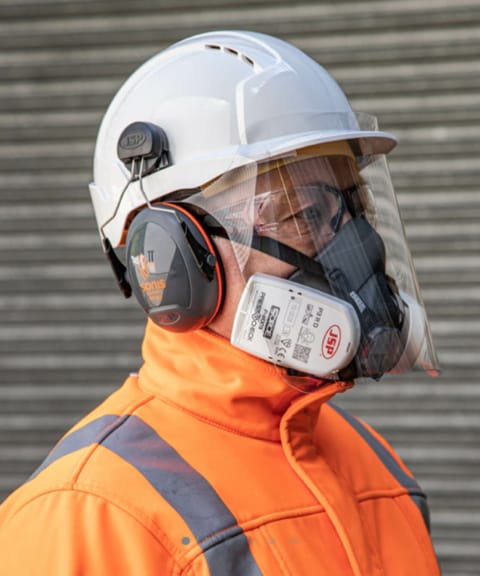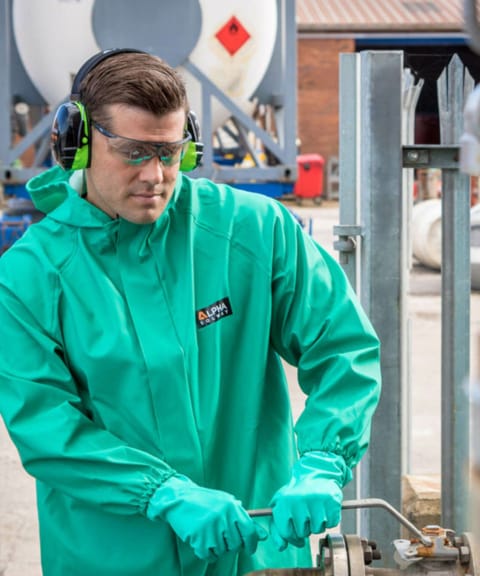
High Quality Hand Protection PPE
Hands are as vulnerable to injury as they are key to work. Keep them safe on every site with our hand protection range.






Multi-Purpose Hand Protection

From cuts to impacts to chemicals, we can source the perfect hand protection to keep your team safe at work.
Choosing the appropriate hand protection starts with understanding the risks you face. Along with many possible occupational hand injuries, hands may also be exposed to cuts, chemicals, temperature extremes and impacts.
DCC can help you assess this risk and provide the right hand protection.
From disposable insulating rubber gloves in healthcare settings or cut proof options for industrial applications, we’ll provide you with the right protection that conforms to the right standards
Get in touchYou’re In Safe Hands With DCC
For decades we’ve advised and supplied multi-sited organisations like yours with the hand protection they need for safe and compliant work.






Commonly asked questions
Confused about the hand protection you need? Let us help.
